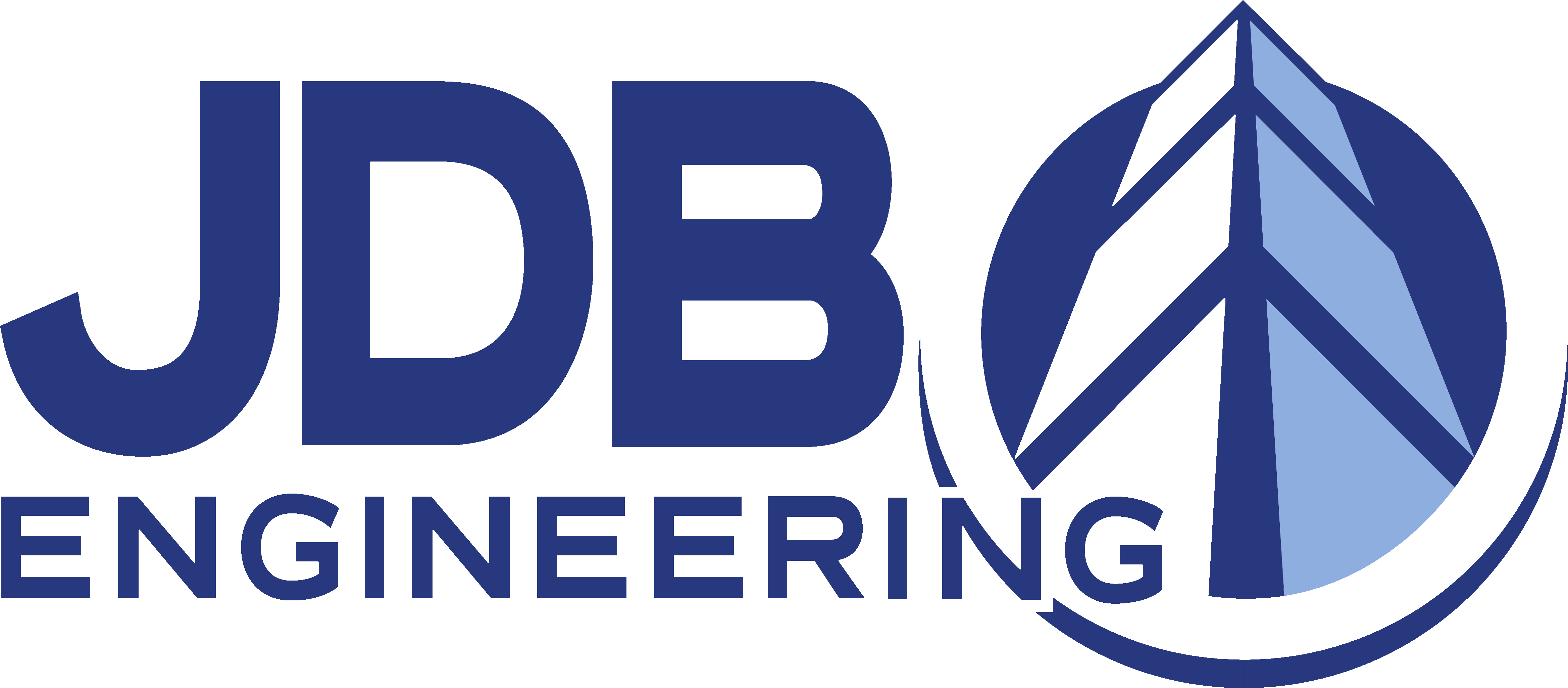By Richard M. Lindemon, PE, LEED AP
 Most people are familiar with the abbreviation “H-V-A-C,” whether in full detail or nothing beyond reciting the four letters in succession. Sometimes people try to pronounce it as a two-syllable acronym, “H-VAC,” which may be as divisive as you can get among those in the trade! Still, others will offer that to be technically complete you should add an “/R” to it for Refrigeration, but let’s just set that aside for now.
Most people are familiar with the abbreviation “H-V-A-C,” whether in full detail or nothing beyond reciting the four letters in succession. Sometimes people try to pronounce it as a two-syllable acronym, “H-VAC,” which may be as divisive as you can get among those in the trade! Still, others will offer that to be technically complete you should add an “/R” to it for Refrigeration, but let’s just set that aside for now.
Basically, the abbreviation quite literally stands for “Heating, Ventilation, and Air Conditioning.” For the most part, people are familiar with, and easily grasp the concepts of, heating and cooling the indoor environment simply from a comfortable space temperature management standpoint. Moreover, humidity control is also widely understood as a key component of air conditioning from an indoor environmental comfort point of view. That would generally take care of the “H” and the “AC,” but what about that “V” in between? Among the people who know that the “V” stands for “ventilation,” how many of them know what “ventilation” really is? It is likely the most misunderstood element of the abbreviation itself.
Try asking anybody this simple question – “What is ventilation?” – and you will get more answers than you thought possible. Simply stated, “ventilation” is “fresh air” – nothing more, nothing less. The term “fresh” is loosely used here because you can have extensive debates on what constitutes “fresh” air, but we’ll just accept the notion that “fresh air” is the air outside as opposed to that within a room or other enclosed space.
So, what do we need to do with this fresh outside air that somehow became the “V” in HVAC? We need to bring it inside, that’s what we need to do with it. Why? Because it’s good for you. When I was a child, my mother was always telling me, “Go play outside. The fresh air is good for you.” She probably knew more about the “V” than even she realized. So, to avoid throwing this respect for authority to the wayside, our building and construction codes have also convinced us that fresh air is good for us, because they have mandated that buildings must incorporate a minimum amount of fresh outdoor air for proper ventilation of occupied spaces. The primary purpose is to protect building occupant health by controlling the quality of indoor air from the effects of airborne contaminants, which can be damaging. Additionally, ventilation is required to protect the building itself from the harmful effects of excessive heat and humidity.
Methods for bringing fresh outdoor air into the building environment include “natural” ventilation and “mechanical” ventilation. Natural ventilation is essentially the effect of opening a window or door to let fresh air enter freely into the building. It can be effective, but very unpredictable as natural air movement is dependent on many parameters – both naturally and humanly controlled – that must be met consistently. We all know that Mother Nature is rarely consistent, and humans can be unreliable at times as well.
Mechanical ventilation uses fans or blowers to force movement of air to and from occupied spaces. This equipment is either dedicated to providing ventilation or can be part of a heating, cooling, and air-conditioning system that serves the spaces to be ventilated. In either method, the fresh outdoor air brings with it the outside temperature and humidity conditions that conflict with the indoor environmental conditions we are trying to establish with our “H” and “AC.” To bring the outside conditions in line with our indoor conditions, we must provide additional mechanical energy to heat, cool, and control humidity of the outdoor air required for ventilation – in addition to offsetting the building and space loads. This creates additional cost for larger capacity HVAC equipment as well as increased energy consumption. The conditioning of outdoor air for ventilation can represent 20% to 50% of a building’s thermal load, depending on the quantity of air required and the seasonal thermal conditions.
Overlooking the “V” when planning a building project can not only jeopardize the health of your building and its occupants, but can also lead to the surprise of additional life cycle costs associated with purchasing, supporting, and operating your HVAC systems.
Got a question about the “V”? Or even the “H” or “AC”? We’ve got you covered! Reach out to Rich Lindemon via email or 717.434.1563.
You Might Also Like
Bigger Isn’t Always Better! Why Oversizing Packaged DX Rooftop Equipment Isn’t a Good Idea


